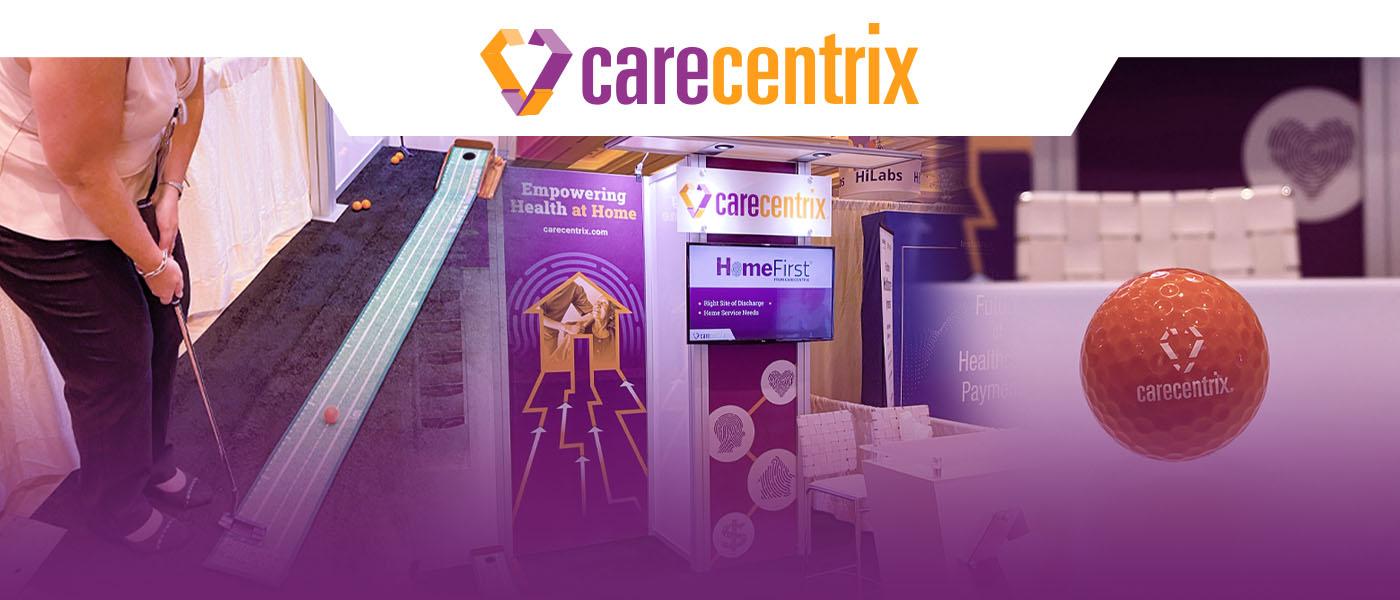
Recently, health plan executives from across the country, along with policymakers, providers, and others, gathered at the AHIP 2022 summit in Las Vegas to discuss the most pressing issues facing health plans today. Throughout the event, it was widely recognized that the home is the center of much of the health care journey. There was open discussion on defining the resources that people need to stay healthy while receiving the care they need in their homes. As payors look to optimize their health at home strategy, here are five key home health care industry trends from the event that should be considered.
Home Health Care Industry Trends:
Access to more care in the home means more solutions.
With the home playing a more prominent role in the care journey, there are new opportunities to utilize the home for types of care that go beyond post-acute, hospital at home, or other services most typically associated with the home. For example, several panelists at AHIP 2022 discussed oncology care at home, and in particular, how more and more specialty drugs for different cancers can now be delivered in the home, increasing comfort and convenience for the individual while also increasing affordability. The opportunity now for health plans is to deliver home infusion more efficiently and effectively, making it easier for patients and their caregivers.
Other opportunities to expand more types of care to the home include mental and behavioral health capabilities, and meal delivery for the socially vulnerable. In all cases, prioritizing the home can improve the experience for individuals while also producing value for payors.
Telehealth capabilities have expanded.
With a greater variety of care moving to the home, more focus is being put on the tools enabling this shift to collect and leverage data from the home. What was originally thought of as a relatively one-dimensional service that allowed for video calls between doctors and patients has now expanded to include connected devices and around-the-clock remote patient monitoring. This enables care teams to not only conduct appointments without requiring individuals to leave home, but also provides real-time data that helps identify and close gaps in care sooner, which can mean fewer trips to the hospital and unnecessary doctor’s visits. The end result is better, more efficient care, and lower costs.
Mental health care is essential.
Caring for the whole person, beyond just their medical needs is essential, and a critical part of that for health plans is changing how they think about mental health. More and more, plans are correctly acknowledging that mental health isn’t a separate entity, but rather a critical part of whole-person care, and one that payors would be right to prioritize. From including mental health measures in initial assessments, to ensuring members have the necessary resource and supports, health plans can improve members’ physical health by putting a greater emphasis on mental health.
An increased focus on health equity.
Health plan representatives repeatedly discussed their increased focus on areas of care that fall outside of the traditional clinical care that plans have focused on in the past. This spotlight on social determinants, like transportation access and food insecurity, speaks to a larger theme of the conference – improving health equity.
Plans are focused on closing equity gaps of all kinds, from issues related to socioeconomic status to disparities in clinical care. Addressing these equity issues by offering greater support for an individual’s social needs, addressing care gaps, providing culturally-sensitive care, and caring for the whole patient, including their physical, mental, and social well-being, will allow plans to improve outcomes for the most vulnerable to the benefit of patients, families, and the healthcare system at large.
Value-Based Insurance Designs with hospice carve-ins for MA plans are fast approaching.
As the healthcare industry moves away from fee-for-service, the Centers for Medicare and Medicaid Services (CMS) has taken initiatives to shift MA plans towards value-based insurance designs (VBID). CMS is taking this one-step further by addressing the quality of care for their most vulnerable members with a hospice carve-in. As part of the initiative, MA plans will need to implement a comprehensive palliative care approach that identifies and engages with members earlier to provide overall better care experiences and the potential to reduce total medical costs. MA plans are looking at palliative care solutions to get ahead of the changes, already measuring and demonstrating positive results and best practices.
Looking Ahead
AHIP 2022 illuminated how emerging technologies and care models are creating new ways for payors to create value, especially in better utilizing the home. If they seize the opportunities described, we will have a healthcare system that more effectively cares for the entirety of an individual’s needs, looks after the most vulnerable, and helps people heal and age where they want to be, at home.





